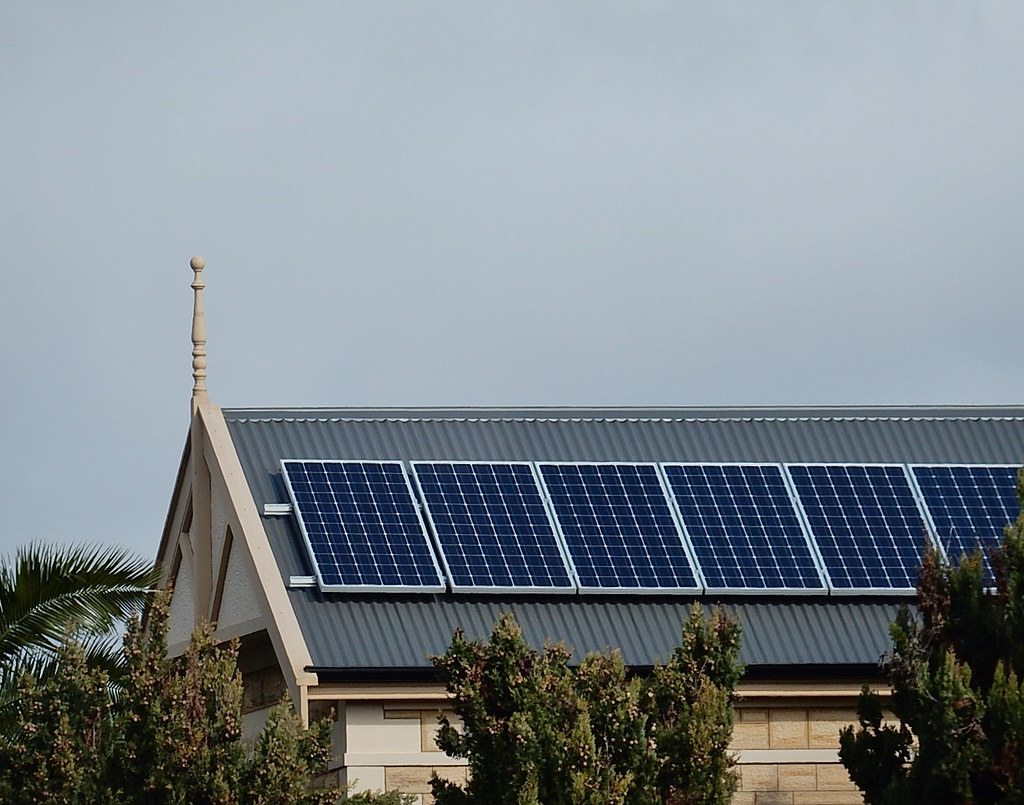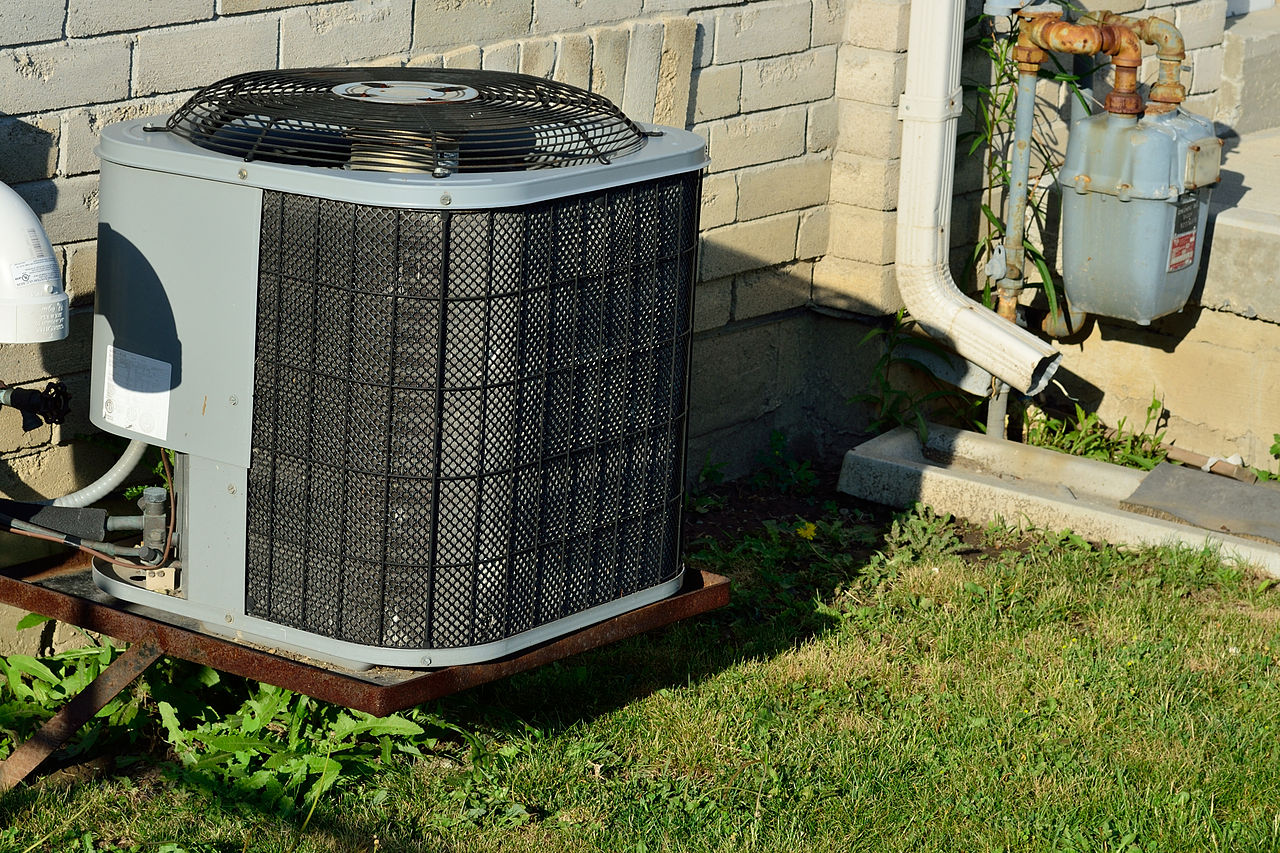Use NOAA Weather Forecast Data
July 05, 2017
Did you know that Vesta system can receive and use NOAA weather forecast data? This means you can set rules for your system based on predicted temperature, cloud cover, and more.
Have you ever wished that you could keep your backup heat source from heating your hot water just before a really sunny day? Or that you could keep your sprinklers from turning on in the morning if it was going to rain in the afternoon? By using NOAA weather forecast data with your Vesta, you can do this and much more, all without manual intervention.

Using NOAA predictions for insolation, it's simple to know how much solar energy you can expect to reach your solar panels over the course of the day or the next few hours. In the case of water heating, for example, you could construct a rule so that a pellet boiler or other water boiler runs for longer on days where insolation is predicted to be lower, running more efficiently while making up for reduced solar heating. Similarly, on a day where you expect high insolation and therefore high returns from solar water heating, you could prevent the pellet boiler from running as frequently to allow more use of solar-powered heat.
NOAA also provides the Vesta with predictions for humidity levels. Using these, you could set rules based on humidity and the chance of rain - for example, setting a rule that your lawn's sprinklers run in the morning if rain is predicted. You could use similar rules to control a number of other processes that might be affected by rain, such as shutting down crop irrigation systems when rain is expected to avoid overwatering, or providing additional watering on exceptionally dry days. You could even send an automated email to let you or others know not to mow the lawn on days where the chance of rain is high enough, to prevent needing to stop halfway through mowing due to rain.

Your Vesta can also receive predicted values for temperature, allowing you to automatically adjust your heating and cooling systems with simple rules. If the weather is expected to be hot, run a whole-house fan during the night and cool the house as much as possible, If there's cooler weather predicted, open the shades as soon as the sun is up. Combine temperature, humidity, and cloud cover data into one rule and send yourself email notices to open windows for fresh air on days that meet the standards you set.
These are just a few of the possible applications of NOAA forecast data. Your Vesta can receive predictions not just of insolation, humidity, and temperature, but also cloud cover, wind speed, and dew point, all available in three-, six-, 12-, or 24-hour blocks, as well as an aggregate of predictions for the rest of the current day, and minimum and maximum values. Take a look at the Forecast Data page of the user manual for more details on NOAA forecast data.
